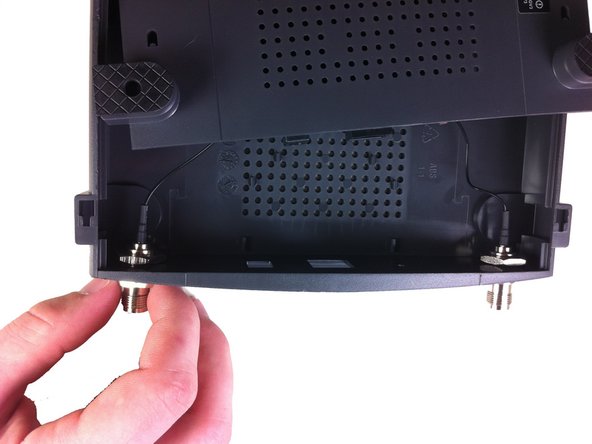Introducción
In this guide we will go over repairing the WAP54g when there is water damage. If something is spilled or you realize that there is liquid inside the device it is recommended to turn it off and unplug it as soon as possible. This guide is an attempt to fix the router if all else fails.
Qué necesitas
-
-
Remove the antennas from the back of the device. To do this, follow steps 1 and 2 of Installing the Antennas Guide: Linksys WAP54g Antennas Replacement
-
-
-
-
Unscrew the two screws that connect the motherboard to the bottom casing.
-
-
-
If the spilled substance is dry use a cleaning tool such as a toothbrush with soft bristles, so you do not damage the device, to brush off as much of the foreign material as possible.
-
After the device is cleaned and put back together it should work properly.
After the device is cleaned and put back together it should work properly.
Cancelar: No complete esta guía.
Una persona más ha completado esta guía.














